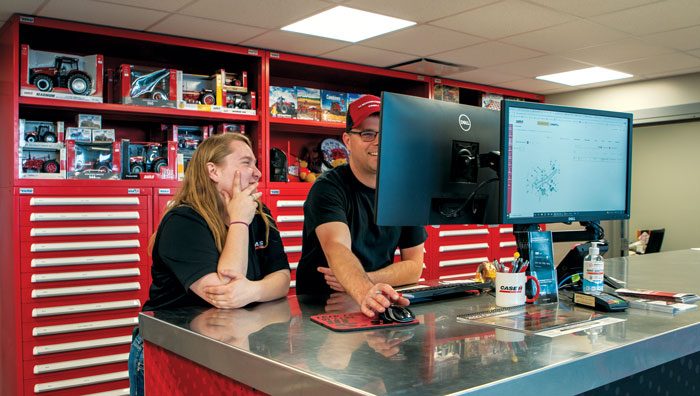How do you handle onboarding at your locations? We are all looking for qualified employees. Some dealers are complaining about not being able to keep their people, yet how much effort are we putting into the onboarding process?
The days of hiring a new employee and having them sign 30 documents and showing them where the restrooms are, what their work hours are and saying good luck and welcome aboard are over. Some of you who are reading this article may have experienced this or something similar in the past when you were hired.
Some dealers have allocated substantial resources into this project and I have seen or heard some really good ideas about onboarding. I know that onboarding takes effort and serious commitment, but I believe it will pay dividends. The time we invest in people when they are first hired has proven to improve retention and increased employee satisfaction.
An Onboarding List
The onboarding process should include these items as well as processing HR new hire paperwork:
- Sharing the company’s core values and guiding principles.
- How the job duties are performed, measured and rewarded.
- Members of the executive team should stop by and introduce themselves to the new hire.
- If they need training on how to use a dealer business system, this is the best time to provide basic training on how to use the system to perform the job duties the new hire will be expected to know.
- Build a 30-60-90-day plan. That plan should include additional training requirements that you feel all new hires should be expected to know … and I would recommend that some of this 30-60-90-day plan is created with the help of the new hire. Let the new hire share what they would like to accomplish in their new position.
- Pair the new hire up with a “mentor/work buddy.” This would be someone the new hire can ask questions or reach out to for guidance vs. searching out their manager.
This type of onboarding may take several days to a week vs. a one-day orientation event. It requires some well thought-out and organized effort. You will need to have several people involved in this type of onboarding to provide different levels of engagement.
“The time we invest in people when they are first hired has proven to improve retention and increase employee satisfaction…”
I truly believe that if we invest in this type of onboarding the new hire will be more productive and more engaged in the company’s growth. If you decide to change or implement a true onboarding process vs. an HR paperwork event, I recommend that you follow-up with new hires after their first 180 days and get their input on what they viewed as highly beneficial from the onboarding effort and ask if they would add anything to the process or what they didn’t see as a high benefit to continually improve your onboarding.







